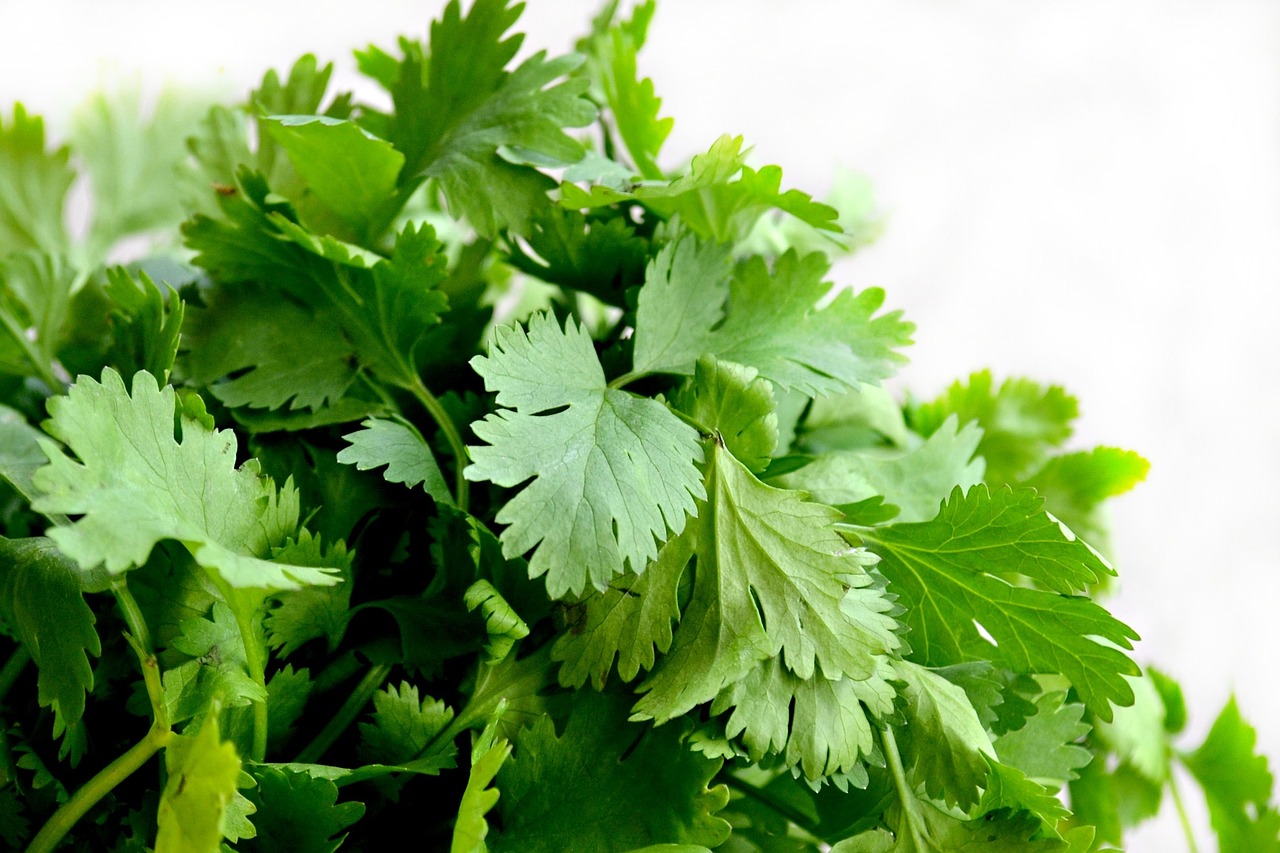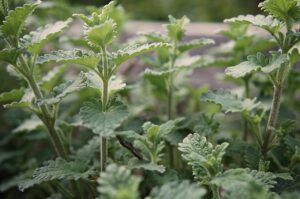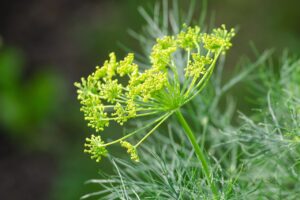Master the Art of Growing Cilantro: Your Step-by-Step Guide
Cilantro, also known as coriander, is a popular herb used in various cuisines worldwide. It adds a fresh, flavorful touch to your dishes, making it a must-have in your kitchen garden. If you’re curious about how to grow cilantro, look no further. This comprehensive guide will walk you through the entire process, from planting the seeds to harvesting the leaves.
1. Getting to Know Cilantro
Before diving into how to grow cilantro, it’s essential to understand the characteristics of this versatile herb. Cilantro is an annual herb that thrives in cooler temperatures. It has two parts that are commonly used in cooking: the leaves (cilantro) and the seeds (coriander). The plant typically grows up to 18-24 inches tall, with delicate, lacy leaves and clusters of small, white flowers that later develop into seeds.
Cilantro Varieties
Cilantro comes in various varieties with unique characteristics, flavours, and growth habits. Whether you’re looking for a slow-bolting option or a compact variety for container gardening, there’s a type of cilantro to suit your needs. Here’s a quick overview of some popular cilantro varieties to consider for your garden:
- Garden Cilantro (Coriandrum sativum): The most common cilantro variety, featuring large, broad leaves and a distinctive, fresh flavour.
- Slow-Bolt Cilantro: A variety developed to resist bolting, providing a more extended harvest period. Examples include ‘Santo’ and ‘Long-Standing.’
- Dwarf Cilantro: Compact varieties suitable for small gardens or container growing, such as ‘Delfino’ and ‘Potluck.’
- Vietnamese Cilantro (Persicaria odorata): Also known as “Rau Ram,” this variety has a more robust, pungent flavour than traditional cilantro.
- Culantro (Eryngium foetidum): A tropical cilantro relative with long, slender leaves and a robust flavour, often used in Caribbean and Asian cuisine.
- Confetti Cilantro: A unique variety with finely divided leaves that resemble confetti, offering a mild flavour and delicate texture.
- Lemon Cilantro (Coriandrum sativum ‘Lemon’): A distinct cilantro variety with a subtle lemony flavour, perfect for adding a zesty twist to dishes.
2. Growing Cilantro from Seed
How to grow cilantro from seed is an essential skill for any gardener. Cilantro seeds can be easily found in garden centers or online retailers. When choosing seeds, ensure they are of high quality and from a reputable supplier for the best results.
Preparing the Seeds
Cilantro or coriander seeds are enclosed in a tough outer shell. To promote better germination, gently crush the shell to expose the two seeds inside. You can use a rolling pin or a mortar and pestle.
Seed Germination
Once you have prepared the seeds, it’s time to germinate them. Fill a seed tray or small pots with a well-draining, seed-starting mix. Sow the seeds about 1/4 inch deep and cover them lightly with soil. Mist the soil with water to moisten it, and then cover the tray or pots with plastic wrap to retain moisture.
Place the tray or pots in a location with a consistent temperature of 65-70°F (18-21°C) and indirect sunlight. The seeds should start germinating in 7-10 days. After germination, remove the plastic wrap and move the seedlings to a sunny spot.
3. How to Plant Cilantro
You’ll need to transplant your seedlings into the garden or larger containers as you grow. Follow these steps on how to plant cilantro for the best results.
When to Plant
Cilantro prefers cooler temperatures and can tolerate light frost. The ideal time to transplant cilantro seedlings outdoors is after the last frost date in your area. You can also grow cilantro in containers, either indoors or outdoors.
Site Selection
Choose a location in your garden that receives full sun to partial shade. Cilantro grows best in well-drained, loamy soil with a pH between 6.0 and 7.0. If you’re growing cilantro in containers, ensure the pots have drainage holes and use a well-draining potting mix.
Plant Spacing
When transplanting cilantro seedlings, space them about 6-8 inches apart in rows, with rows spaced 12-18 inches apart. For container-grown cilantro, plant 2-3 seedlings in a pot that’s at least 8 inches in diameter and 8 inches deep.
Watering
Water the newly transplanted seedlings thoroughly to help them establish themselves in their new environment. Keep the soil consistently moist but not waterlogged. Cilantro plants have a shallow root system, so watering regularly is essential, especially during dry spells.
4. Cilantro Plant Care
Cilantro plant care is crucial for a successful harvest. Here are some essential tips to help your cilantro plants thrive:
Fertilizing
Cilantro isn’t a heavy feeder, but it benefits from occasional fertilization. Apply a balanced, slow-release fertilizer at planting time and once more during the growing season. Alternatively, use a liquid organic fertilizer for container-grown cilantro every 4-6 weeks.
Mulching
To help conserve moisture, regulate soil temperature, and suppress weeds, apply a 2-inch layer of organic mulch around the base of your cilantro plants. Mulch materials can include shredded leaves, grass clippings, or straw.
Thinning
If your cilantro plants become too crowded, thin them out by gently pulling up the excess seedlings. This will help improve air circulation and reduce the risk of diseases.
Pest and Disease Control
Cilantro is generally resistant to pests and diseases. However, it can sometimes attract aphids, whiteflies, or spider mites. Check your plants regularly for signs of these pests and treat them with insecticidal soap or neem oil if necessary. To minimize the risk of diseases, ensure proper plant spacing and avoid overhead watering.
5. Harvesting Cilantro Like a Pro
Knowing how to harvest cilantro is essential for enjoying the freshest, most flavorful leaves. Follow these tips for the best harvest:
When to Harvest
Cilantro leaves can be harvested once the plant reaches about 6 inches tall, usually 3-4 weeks after transplanting. Harvest in the morning for the best flavour and to prevent wilting.
Harvesting Method
To harvest cilantro leaves, snip them off the plant with a pair of scissors or pinch them off with your fingers. Always cut from the outer portions of the plant, leaving the central growing point intact. This encourages new growth and ensures a continuous supply of leaves.
Bolting and Seed Collection
Cilantro has a short life cycle and tends to bolt quickly (produce flowers and seeds), especially in hot weather. When your cilantro plant starts to bolt, its leaves become less flavorful. At this stage, you can either let the plant go to seed and collect the coriander seeds for future planting or culinary use or pinch off the flowering stems to prolong the leaf production.
By following these guidelines on how to grow cilantro, you’ll be well on your way to enjoying fresh, homegrown cilantro in your favourite dishes. Happy gardening!
6. Cilantro Companion Plants
Companion planting is the practice of strategically planting different species together to benefit each other. By doing so, you can improve soil fertility, control pests, and even enhance the flavour of your crops. Here are some ideal companions for cilantro:
Vegetables
- Tomatoes: Cilantro attracts beneficial insects that prey on tomato pests, such as aphids and whiteflies.
- Peppers: Like tomatoes, peppers benefit from cilantro’s ability to attract beneficial insects.
- Spinach: Spinach and cilantro both enjoy similar growing conditions, making them great companions.
Herbs
- Basil: Basil and cilantro share similar growing conditions and can be harvested together for a variety of culinary uses.
- Dill: Dill attracts beneficial insects, such as ladybugs and lacewings, which help control pests on cilantro.
Flowers
- Marigolds: Marigolds repel nematodes and other pests, protecting your cilantro plants.
- Nasturtiums: Nasturtiums attract aphids away from cilantro, acting as a sacrificial plant. They also help repel whiteflies and deter various pests.
- Calendula: Calendula is known to deter pests like aphids and whiteflies while attracting beneficial insects, such as ladybugs, which help keep cilantro healthy.
Avoiding Problematic Companions
While some plants can boost the growth and health of your cilantro, others may have adverse effects. It’s crucial to avoid planting cilantro near these plants:
- Fennel: Fennel is allelopathic, meaning it releases chemicals that inhibit the growth of nearby plants, including cilantro.
- Carrots: Carrots and cilantro compete for resources and may hinder each other’s growth when planted too close together.
Looking for garden seeds? You can see our varieties here: vegetable seeds, herb seeds, fruit seeds, and flower seeds.
Conclusion
Understanding how to grow cilantro, selecting suitable cilantro companion plants, and providing proper cilantro plant care can significantly enhance your gardening experience. By incorporating these practices, you can create a thriving garden environment that encourages healthy plant growth, attracts pollinators, and naturally deters pests. Keep these essential tips in mind as you cultivate cilantro and its companion plants, and enjoy the flavorful, aromatic addition of fresh cilantro in your culinary creations.




